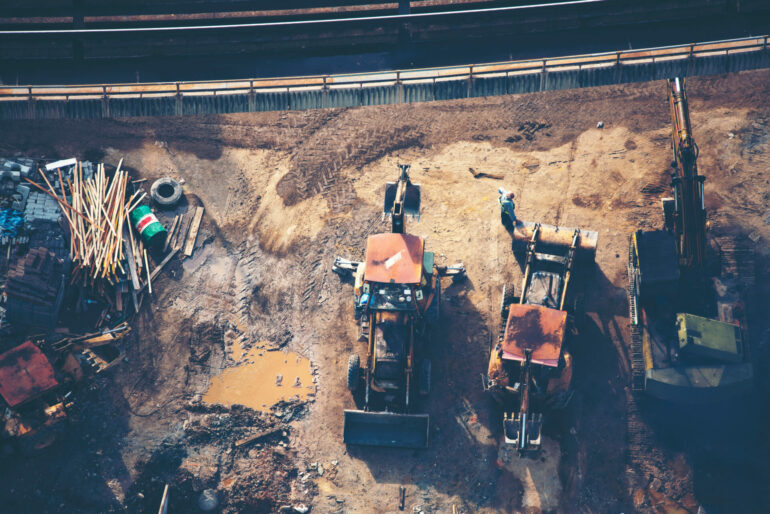Business activity in the UK construction sector increased for the 12th consecutive month in January as growth picked up, according to the latest PMI data.
There were also encouraging signs for the near-term outlook as new orders rose at the fastest pace since August 2021 and input buying was the strongest for six months.
However, supplier lead times continued to lengthen in January as staff shortages and a lack of haulage availability hindered deliveries.
While house building activity meanwhile increased at the slowest pace for four months (54.3).
But the data suggest the peak phase of supply chain difficulties appears to have passed as the latest downturn in vendor performance was the smallest since September 2020.

Commercial work was by far the best-performing category (57.6), with growth accelerating to a six-month high amid a boost to client demand from recovering UK economic conditions.
Survey respondents often noted that optimism about the roll back of pandemic restrictions had led to greater spending on commercial construction projects.
Civil engineering returned to growth in January (53.2), although the rebound was softer than seen in other parts of the construction sector.
Tim Moore, director at IHS Markit, which compiles the survey, said: “UK construction companies started the year on a strong footing as business activity picked up speed and new orders expanded to the greatest extent since last August.
“The composition of growth has become more tilted towards commercial projects as house building lost momentum and civil engineering remained subdued.
“Commercial construction activity benefited from fewer concerns about the Omicron variant and strong business optimism about recovery prospects over the course of 2022.
“Residential work increased at one of the slowest rates since spring 2020, which is an early sign that cost of living concerns and rising interest rates could start to dampen the post-lockdown surge in spending.
“Higher energy, transport and raw material bills led to across the board increases in input prices during January, but fewer supply issues helped ease the overall rate of cost inflation to its lowest since March 2021.”
Boom
Surveyors Naismiths said the “boom is almost starting to feel like business as usual”.
Gareth Belsham, director of the national property consultancy and surveyors at Naismiths, said: “After December’s wobble, we’re back in boom territory.
“More importantly, the boom is almost starting to feel like business as usual. Activity has increased every month for an unbroken run of 12 months, and while the pace of growth has ebbed and flowed, the direction of travel has never wavered.
“The sense of momentum is inspiring both confidence and new orders. Well over half of construction firms now predict further increases in demand during 2022, and just 5% foresee a slowdown.
“Against that backdrop, new orders are rolling in at their fastest rate since last August, and contractors are stocking up on materials in expectation of more busy months ahead.
“While rising input costs – both worker wages and materials – continue to eat into builders’ margins, the supply chain crisis is slowly easing.
“Delivery times for several key materials are still long, and are often causing expensive delays to projects, but overall the industry is responding well to soaring demand.
“While the prospect of further interest rate rises looms on the horizon, for now developers remain upbeat and builders are pulling out all the stops to power through the work that continues to come in.”




